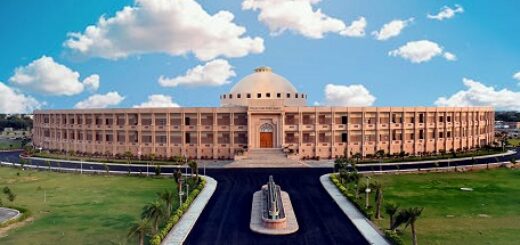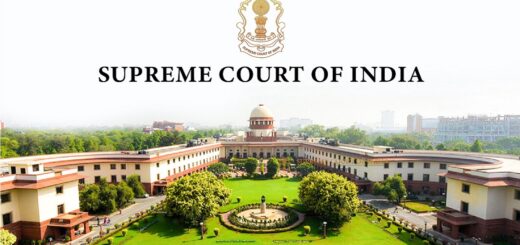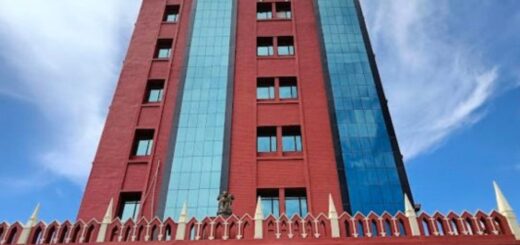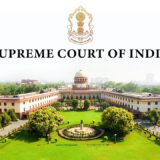The Gauhati High Court stated that before a monument can be declared ancient, the state must conduct a thorough investigation first.

The Gauhati High Court stated that before a monument can be declared ancient, the State Government must conduct a thorough investigation into its age and history. This ruling came from an appeal against a Single Judge’s decision that denied the request to overturn the designation of the Christian Cemetery as a Heritage site. The Division Bench, led by Chief Justice Vijay Bishnoi and Justice Kaushik Goswami, noted that for any monument, including burial sites, the State Government must first have the Superintendent carry out a detailed inquiry into its antiquity. Only after gathering sufficient evidence can the Superintendent propose protection to the State Government. Following this proposal and any recommendations from the Deputy Commissioner, the State Government can then issue a notification under Section 3 of the Assam Ancient Monuments and Records Act of 1959 to declare the monument as protected.
The Bench clarified that under the Assam Ancient Monuments and Records Act, 1959, the District Magistrate lacks the authority to designate the Christian Cemetery as a Heritage site, making the declaration invalid. Senior Advocate R.P. Kakoti, along with Advocates A.B. Dey and A. Dhar, represented the Appellants, while Additional Senior Government Advocate R.K. Borah and Advocate S. Sarma represented the Respondents.
In 2005, the District Magistrate of Kamrup (M) declared the Christian Cemetery on Dag No.183 in Sahar Guwahati Part-VII a Heritage site, stating that no further burials would be permitted. Additionally, an 8.48-acre Government plot of land on Dag No.181 in the same area was designated to remain as open space for community use. Meanwhile, some local residents filed a complaint with the Assam Human Rights Commission (HRC) regarding the cemetery. In response to this complaint, the District Magistrate retracted the initial declaration. The Assam HRC concluded that the Deputy Commissioner, who oversees Government land, is the appropriate authority to address the residents’ claims of illegal expansion of the cemetery. Dissatisfied with this outcome, representatives from St. Joseph’s Catholic Church and the Church of North India (CNI) submitted a petition to the High Court. The Single Judge dismissed their request, leading to an appeal to the Division Bench.
The High Court observed that there is no evidence showing that the Superintendent investigated the age and history of the Christian Cemetery at Dag No.183. Neither the opposing affidavit nor the contested declaration mentions any effort by the State Government to assess the cemetery’s antiquity. It is clear that the State Government did not follow the procedures outlined in Section 3 of the 1959 Act and Rules 3 and 4 of the 1964 Rules. The Court pointed out that according to the Assam Ancient Monuments and Record Rules, 1964, it is the Superintendent’s role to investigate the age of the monument and make a proposal. However, in this case, the Circle Officer proposed declaring the Christian Cemetery a Heritage site, and the District Magistrate approved it without proper authority.
The Court stated that under Section 4, all ancient monuments not declared under the 1959 Act are considered tangible heritage of Assam under the 2020 Act. Therefore, the Cemetery is now protected under the 2020 Act. Additionally, the Court noted that the State Government can protect and preserve the Cemetery if it meets the definition of an ancient monument under the 1959 Act or the 2020 Heritage Act, but this must be done according to the law. Consequently, the High Court granted the Appeal.
Cause Title: Father Marcus Lakra Parishy Priest and Anr. v. State of Assam and 3 Ors. (Neutral Citation: 2024:GAU-AS:12166-DB)









